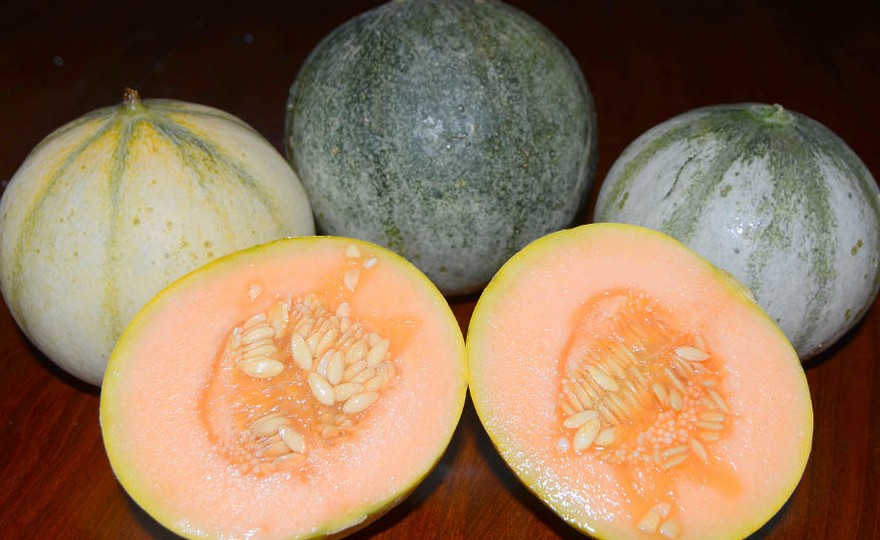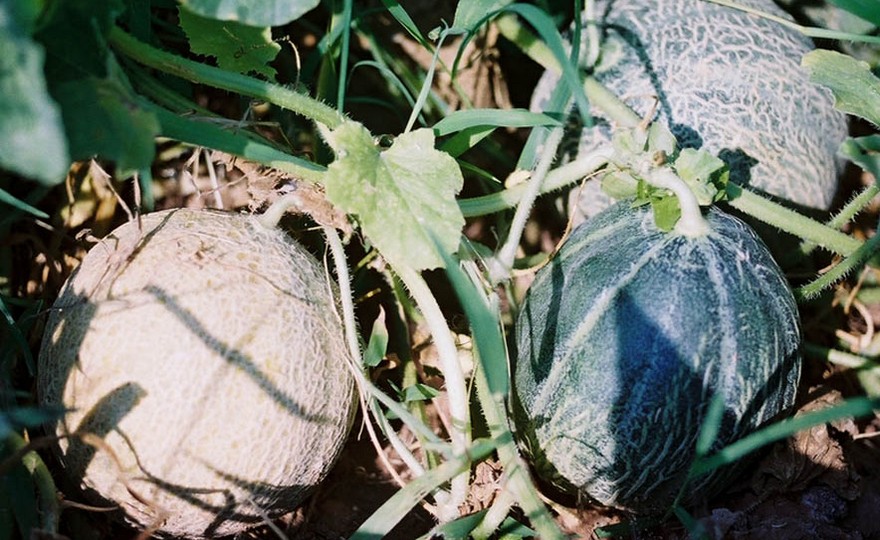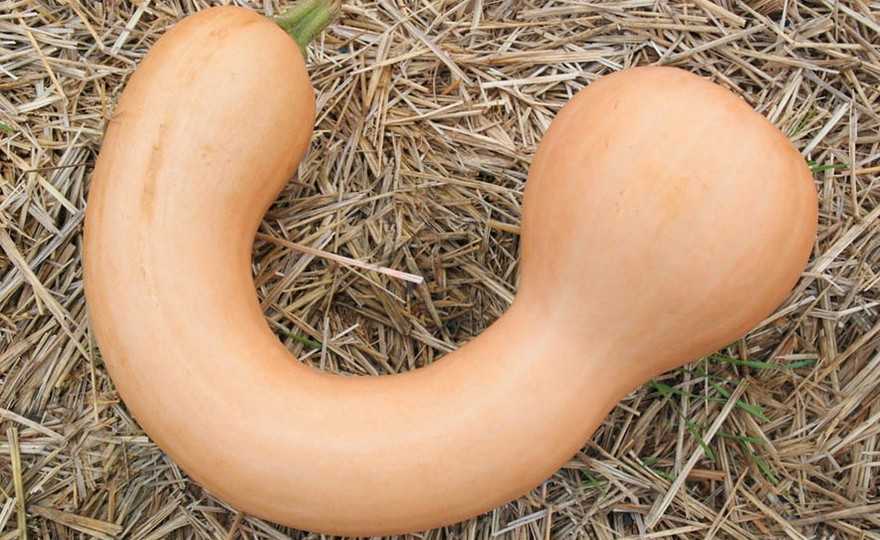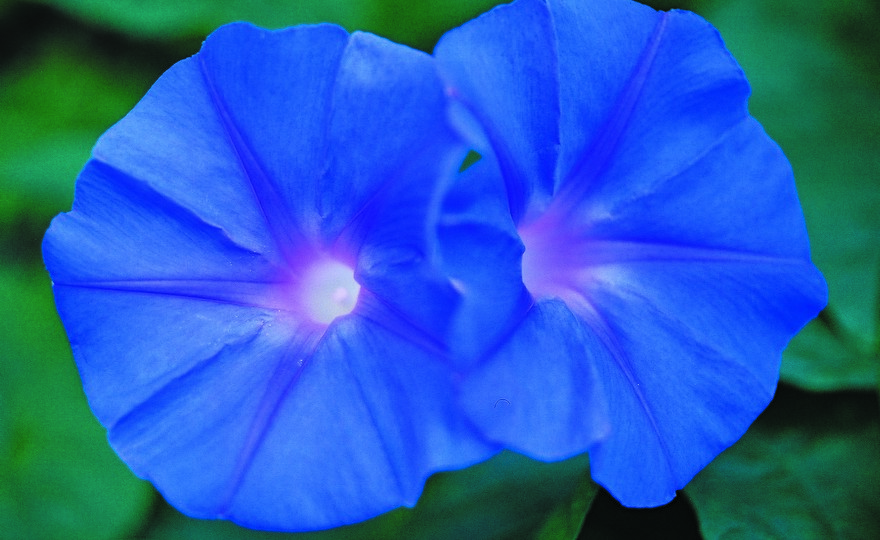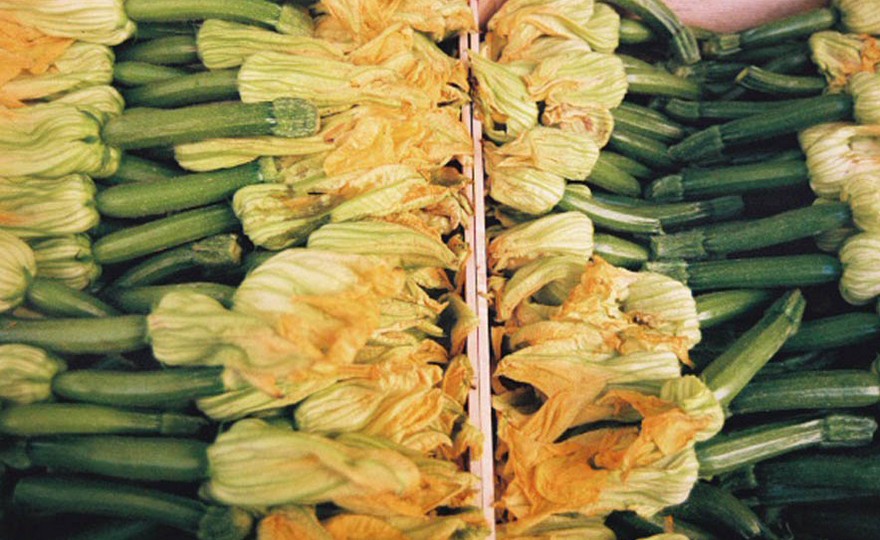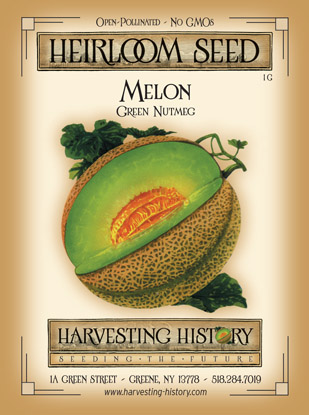
Melon, Green Nutmeg
-
- **SOLD OUT** HOLIDAY GIFTS **SOLD OUT**
- **SOLD OUT** Holiday Books **SOLD OUT**
- **SOLD OUT** Holiday Citrus **SOLD OUT**
- **SOLD OUT** Holiday Gift Certificates **SOLD OUT**
- **SOLD OUT** Holiday Paperwhites **SOLD OUT**
- **SOLD OUT** Holiday Praying Mantis Kits **SOLD OUT**
- **SOLD OUT** Holiday Tools **SOLD OUT**
- **SOLD OUT** Holiday Wildflower Mixtures **SOLD OUT**
- Citrus Trees
- **SOLD OUT** - Vegetable and Herb Plants - Mix & Match any 6 Plants for $50 - Only Shipped in Quantities of 6
- Elephant Ear Plants & Roots
- **SOLD OUT** 4-Inch Pot Herb Plants **SOLD OUT**
- Rare Plants
- **SOLD OUT** Vining Plants **SOLD OUT**
- Asian Seeds
- Beneficial Bugs
- Books
- Citrus Fertilizers
- Cold-Treated Bulbs - SEE BULBS FOR FALL PLANTING TO ORDER
- Cold-Treated Allium
- Cold-Treated Chionodoxa
- Cold-Treated Crocus
- Cold-Treated Hyacinthoides
- Cold-Treated Hyacinthus Orientalis
- Cold-Treated Narcissus
- Cold-Treated Cyclamineus Narcissus
- Cold-Treated Double Heirloom Narcissus
- Cold-Treated Jonquilla Narcissus
- Cold-Treated Large Cupped Narcissus
- Cold-Treated Poeticus Narcissus
- Cold-Treated Small Cupped Narcissus
- Cold-Treated Species Miniature Narcissus
- Cold-Treated Split Cupped Narcissus
- Cold-Treated Tazetta Narcissus
- Cold-Treated Triandus Narcissus
- Cold-Treated Trumpet Daffodils
- Cold-Treated Ornithogalum
- Cold-Treated Rock Garden Iris
- Cold-Treated Scilla
- Cold-Treated Tulips
- Cold-Treated Emperor Tulips
- Cold-Treated Fringed Tulips
- Cold-Treated Green or Viridiflora Tulips
- Cold-Treated Lily Flowering Tulips
- Cold-Treated Parrot Tulips
- Cold-Treated Peony Flowering Tulips
- Cold-Treated Single Early Tulips
- Cold-Treated Single Late Tulips
- Cold-Treated Species Tulips
- Cold-Treated Triumph Tulips
- Flower Bulbs, Corms and Tubers
- Bulbs for Spring Planting
- Bulbs for Fall Planting - ALL BULBS AVAILABLE ARE COLD TREATED FOR PLANTING AS SOON AS SOIL CAN BE WORKED
- Fall Blooming Bulbs
- Garden Tools & Equipment
- Gift Certificates
- HHH Exclusive Wildflower Mixtures
- Wildflower Mixtures
- Heirloom Garlic
- Potatoes
- Roots & Sets
- Seeds
- Flowers
- Herbs
- Vegetables
- **SOLD OUT** HOLIDAY GIFTS **SOLD OUT**
-
- No products to compare
-
74 in stock
Quick Overview
MELON, Green Nutmeg –
Cucumis melo var. reticulatis
FULL SUN Native to Europe, this muskmelon was introduced into the US before 1830. It is one of the oldest named melons. The oblong shape of the 2-3 lb. fruit is reminiscent of a nutmeg. The skin is heavily netted. The flesh is a vivid green and very sweet. This is an excellent short season melon which sweetens even in cold climates. Plant in late spring after danger of frost has passed and the soil has warmed to a depth of 6 in. Plant in hills, 4 ft. apart. When seedlings are 3 in. high, thin, leaving 4 plants per hill. Well rotted manure or compost dug into the soil where the seeds are to be planted is highly beneficial.
| Type | Spacing | Planting Depth | Days to Germination | Maturity |
| Muskmelon | 8 in. | 1 in. | 7-10 | 80 |

Melon, Green Nutmeg
Melons are native to the continent of Africa. Many wild forms of melons and watermelons can still be found there today. Though it is not known when melons were first cultivated, it is believed that prehistoric man may have gathered and saved the seeds of the sweetest melons, and this practice lead to cultivation. Seeds and wall paintings found in Egyptian tombs indicate that melons and watermelons were under cultivation in Egypt at least 4000 years ago. Melons were introduced into Asia about 3000 years ago. The melon became immensely popular in the region that includes Iran, Iraq, Afghanistan, India, south and central Russia, China and Japan. The Greeks and Romans most likely introduced the melon into Europe. Columbus brought melons to the New World on his second voyage, and by 1494 melons were under cultivation in Haiti. By the 16th century, melons and watermelons were being cultivated through out North and South America.
Muskmelons and their close relatives, Persian melons, are the melons Americans know best. In America, muskmelons are frequently, incorrectly referred to as cantaloupes. Muskmelons are distinctive for the netting that covers most of their rind, and they are usually ribbed. The melons come in many sizes and shapes including round, oval, and cylindrical. The flesh is generally orange and quite sweet, but some varieties of muskmelon and specifically, the Persian melons, can have green or white flesh. Some green-fleshed melons are quite sweet, but most of the green- and white-fleshed melons have a less sweet, but very refreshing flavor.


